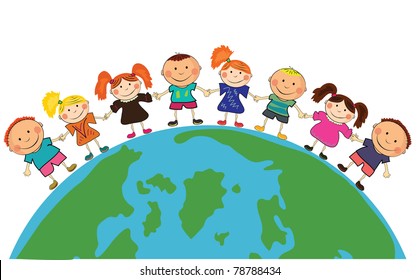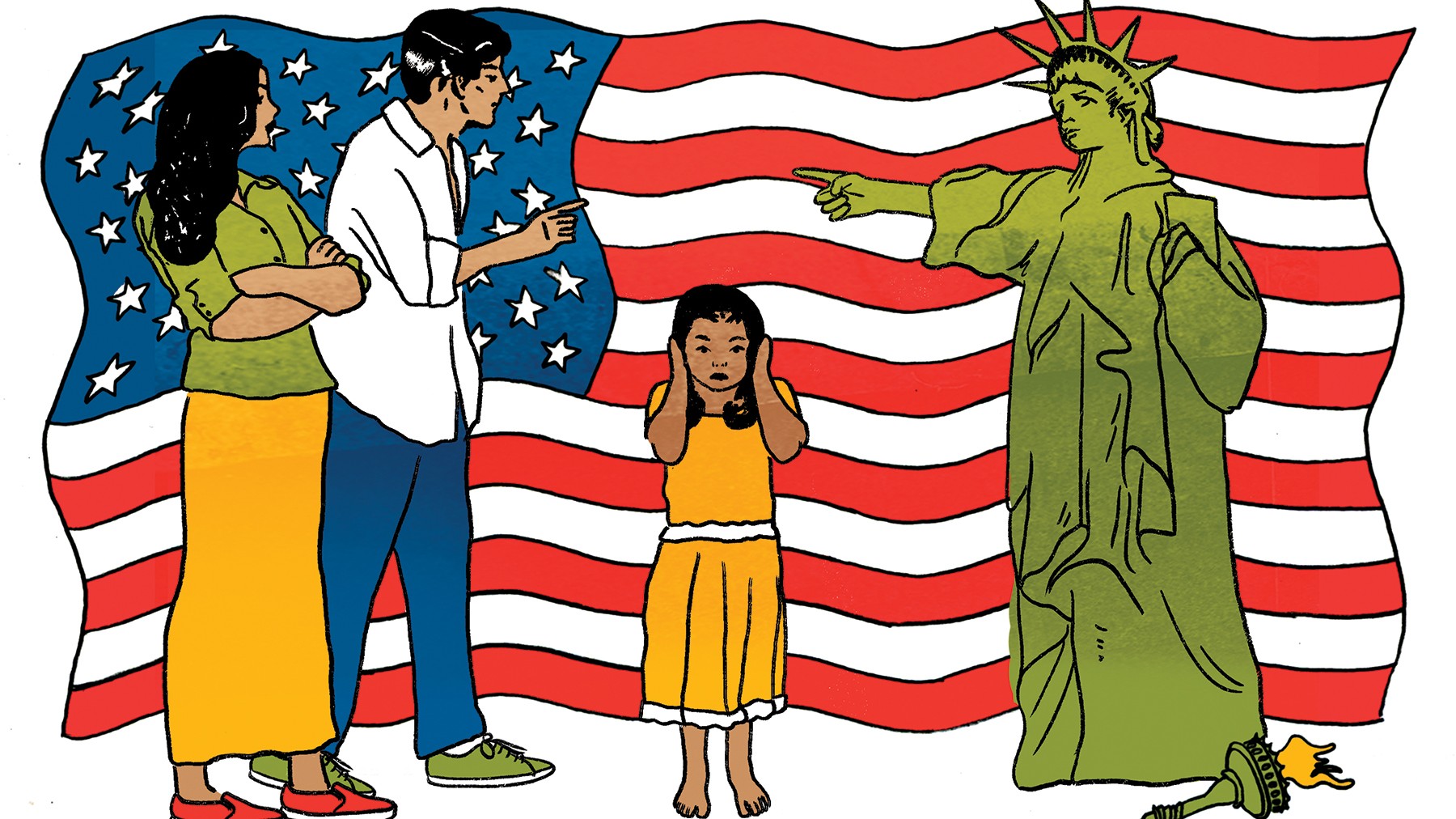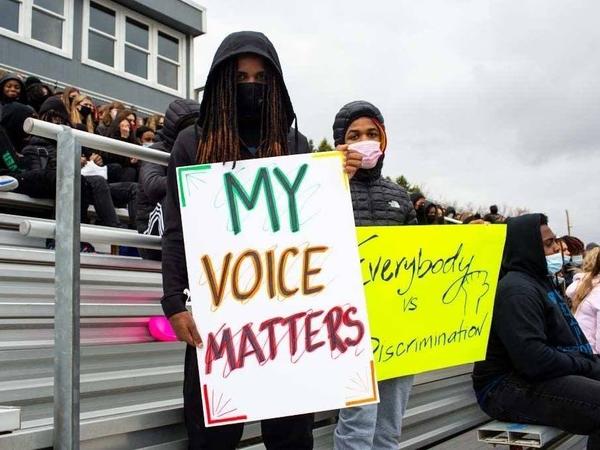1. Where are the children from

Children have left their countries of origin for different reasons. Many of them travel at a very young age and for different reasons have to leave school. Many don't even get the opportunity to go to school. Many of them come from places in which education is not very accessible like Guatemala, El Salvador, and rural parts of Mexico. Public schools in New Mexico have many students from different backgrounds. In many of these countries there is a lot of violence or there are not trained professionals to teach the youth. Education should not be based on such characteristics and should be provided to developing minds.
2. Why are there gaps in education

Children have left their countries of origin for different reasons. Many of them travel at a very young age and for different reasons have to leave school. Many don't even get the opportunity to go to school. Many of them come from places in which education is not very accessible like Guatemala, El Salvador, and rural parts of Mexico. Public schools in New Mexico have many students from different backgrounds. In many of these countries there is a lot of violence or there are not trained professionals to teach the youth. Education should not be based on such characteristics and should be provided to developing minds.
3. The long process and barriers

Education at the border may be helpful when the faculty and volunteers care about their job and go above and beyond for their students. However, some Education programs begin to teach based on American culture instead of shifting education to fit different types of students. As a student, you make the most out of your education. In High School I had a Spanish teacher who went to these facilities back in Texas. She would volunteer to teach students whose native language was Spanish. She would come back and share her experience with us. She would tell us how intelligent these students were, however their intelligence wasn't appreciated because it was in a different language. Some students wait in their facilities until their legal status is processed, but they move here with the intention of making themselves better people and getting educated.
4. No child left behind

Laws have been in place in the past to make sure all students no matter their background or disabilities could receive an education, but what about for those students who are not citizens or are not eligible but are in custody of the US borders. This creates barriers in mental health, social lives, and in their platform for their future. The developmental stages are very important being that in that time period you begin to discover life paths. In high school my school began to let underclassmen dip their toes at career fairs and job walks. When students are not able to experience this they lose out. Laws should be put in place for those who seek it when coming into the United States.
5. What schools should do

Teachers should educate students about worldly problems. In school, we stay on topics about the past or the future. However, how often do we hear about current issues not just about adults but about current issues happening in our age group. I was introduced to this topic from a young age because of the family and friends group. My mother had been placed into these facilities for a few months when she migrated from Guatemala. Her experience was short and positive but when she attended school in New Mexico she noticed very differently. She was behind reading level because of the limited material they were able to provide. My parents had always told me to be grateful for the education I received because not everyone received the same education.
6. What schools have done
Many education facilities in the states and that are near the international borders have made positive changes slowly. There have been rallies and protests to test the limits of selective education. Programs such as ESL, translators, buddy bridging system in which students create friendship and connections with others who peak similar or the same languages and full emerged language classes. Classes are provided for students who come into the state to learn but don't understand the language here and need that transition period to learn comfortably in their language while learning a new language. There are similar programs like the ELS and fully immersed languages the states depending on the surrounding countries such as Canada and Europe that are only across the Atlantic. Because Of there programs gaps are filled and students feel confident to learn.
7. Education in my community
My community in New Mexico was highly populated with immigrant students who found asylum here in the United States. Some came to meet with their parents and others including distant families who opened their homes to them. There are programs created in the public school system here in order to fulfill the needs of these students such as therapy, tutoring, smaller classes, and classes that are in their native language which is primarily Spanish. In communities such as mine education systems accommodate students with different needs. These specific accommodations are required for these individuals because they were not offered to them in their homelands, and they are required in order for them to succeed.